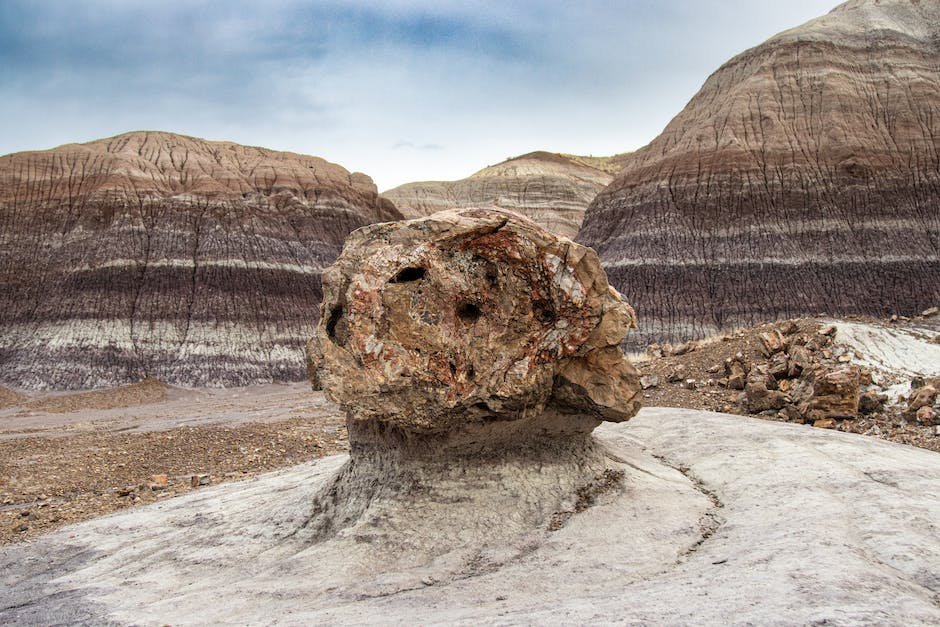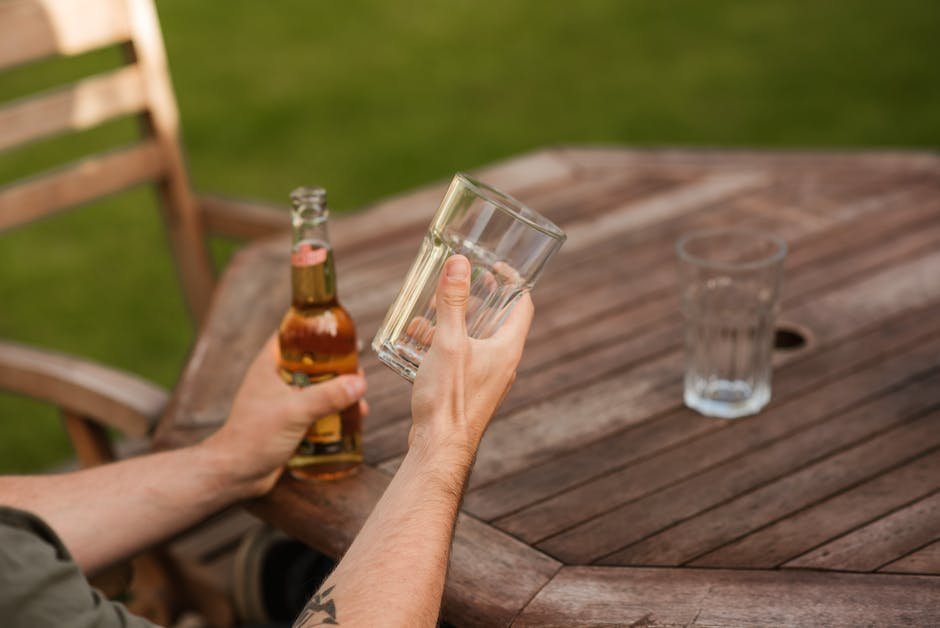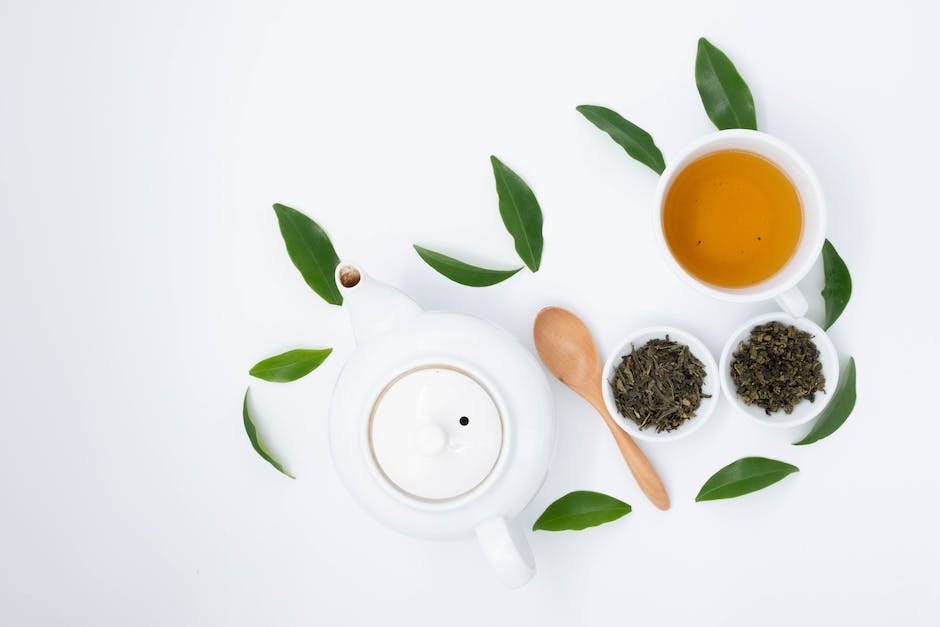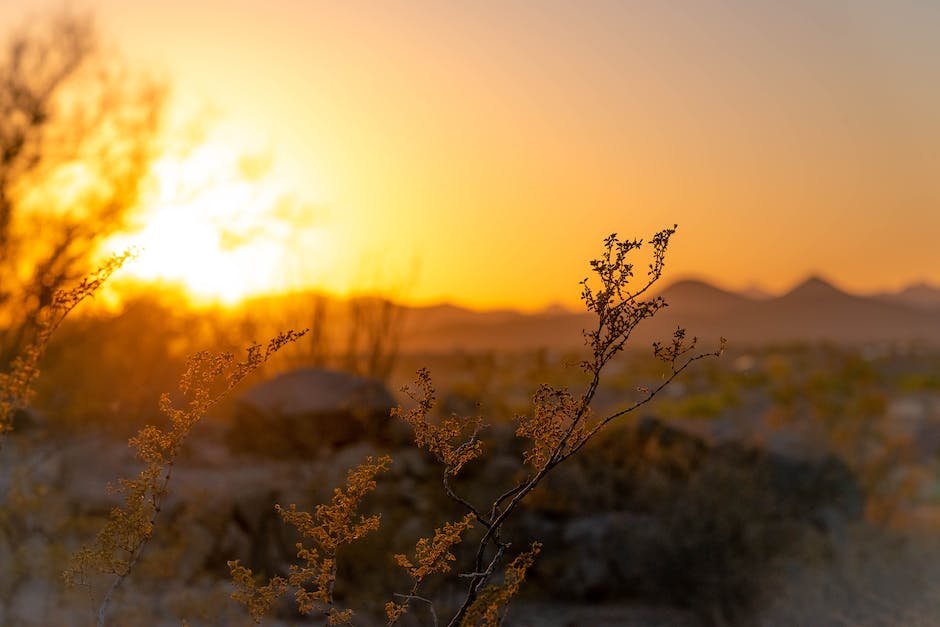Down the pub, or at the bar, ordering a pint and getting a pint back can be a tricky thing. Knowing how much beer to give someone can be awkward, and sometimes people can take advantage of that.
Knowing how to make a pint to cup conversion is important for baristas and bar goers alike. Just like how we have standard measurements for cups of water to make one person one cup of coffee, we will have standard measurements for pints of beer to make one person one cup of beer.
Beer glasses come in several sizes ranging from small to large. A standard size glass or pint is 550 mL or 18 oz. This is the largest glass that you can get at most establishments so you will not have too much trouble figuring out if you got a true pint or not.
Dry inch to liquid inch

A dry inch is the length of a ruler when there is no length on it. There is nothing on the zero point, and it is just an empty space.
This measurement is used to measure horses, lions, and other large animals. While it is not a common measurement, you will need to know how to convert it to cups if you are working with large animals.
To convert a dry inch to liquid inches, you will need to know how many inches are in a foot. One foot equals twelve inches, so one inch equals one/twelve foot or 0.083 feet. You will have to divide the dry inch by this number to get the conversion to cups.
For example: If the lion is eight feet long, then you would need to measure eighty inches from nose to tail tip. Then divide eighty by 0.
Dry quart to liquid quart

A dry quart is equal to one quart when measuring in liquid quarts. So, if you had a dry quart of anything, you would have one quart.
This is not the same as a liquid quart measure as a liquid quart measure is equal to four cups. So, if you had a liquid quart of anything, you would have one cup plus four more cups.
Quart to pint to cup conversions are very simple ratios. One quarter of a volume is equal to one pint and one cup. So, if you had a quarter of a volume of anything, you would have one pint and one cup.
You can easily find these conversions online or look at your own measuring cups and spoons to see how many quarts or pints they hold.
Dry gallon to liquid gallon

A dry gallon is not actually a gallon. It is almost a gallon, but not quite. A dry gallon is almost four cups less than a liquid gallon.
If you make a recipe using a dry gallon and do not account for the difference, your recipe will probably not turn out well. You need to add more liquid to make up for the difference in gallons.
Sometimes people use a dry pint as well, which makes things even more confusing. A dry pint is half of a pint, or half of a liter. Again, if you make a recipe using a dry pint and do not account for the difference, your recipe will probably not turn out well. You need to add more liquid to make up for the difference in volume.
It can get pretty confusing trying to remember how to convert between the two, so try making some notes or writing down how to convert them so that you do not forget.
Know your measurements!

While most people know how many ounces there are in a cup, the same can not be said for grams and kilograms to pounds and pounds to stones. There is a very easy way to make sure you have the correct number of kilograms to pounds, however!
Just go to your local grocery store and find out how much a kilogram of apples costs. Then, divide that price by three-fourths, and you have your answer!
There are approximately three-fourths of a pound in a kilogram, making the conversion fairly easy. Make sure to test this out at the market next time you need to convert kilograms to pounds!
Making sure you have all of your weights sorted out before going to the gym is a great way to prevent wasting time or doing repetitions on too heavy of an exercise.
How many cups are in a gallon?
A gallon contains eight cups, which is the same as one gallon of milk. One gallon of liquid is equivalent to four pounds, which makes sense considering a pint of liquid weighs one pound.
One gallon of milk weighs eight pounds, so you would need eight cups of milk to make one gallon. One cup of milk weighs two ounces, making one gallon two thousand two hundred ounces of milk.
One liter of liquid weighs one kilogram, which makes sense since a liter is almost a kilogram itself. One liter of water weighs one kilogram, so one liter of liquid would weight one kilogram.
One quart contains two pints, and two pints make up one quart. A pint contains two cups, and two cups make up one pint.
How many quarts are in a gallon?
When looking at the volume of beer in a bottle, can, or pint, it is important to know how many quarts are in a gallon.
One gallon is equal to four quarts. One quart is equal to two pints. This makes one gallon equal to eight pints. Since there are eight pints in a gallon, one pint = ½ of a pint per gallon.
Thus, if you have a five-gallon bucket, you have enough beer to fill five ¾-pint cups. You could also say that you have enough beer for five people to drink one pint each. Fun fact: One imperial cup (not American) equals one half of an imperial pint, making an imperial cup equal to one and two thirds U.S cups.
To find how many cups are in a bottle or can, divide the volume in ounces by two hundred fifty (the number of ounces in a cup).
How many gallons are in a barrel?

A barrel is a unit of measurement that refers to a specific volume of liquid. Most commonly, a barrel refers to a barrel of oil.
In beer brewing, a barrel is equal to 31 gallons of liquid. A keg is half of a barrel, or 15 gallons. A quarter barrel is nine gallons, and a pin is one gallon.
So how many cups in a gallon? One cup is equal to 8 ounces of liquid. One gallon is equal to 128 ounces of liquid. Therefore, one gallon = 8 cups!
Thus, one pin (1 gallon) = 1 cup! Brewing your own batch of beer requires quite the amount of water, so make sure you have an adequate source.
Know how to convert between dry and wet measurements!
Dry measurements include ounces, tablespoons, teaspoons, and pinches. Wet measurements include ounces, cups, tablespoons, and teaspoon.
Ounces can be divided into tablespoons and teaspoons. However, these smaller units of measurement are not as widely used.
Once you know the ratios for converting between dry and wet measurements, you will be well on your way to mastering the art of baking!
For example, one cup of water is equal to eight ounces of fluid. One ounce of butter is equal to two tablespoons of butter. A pinch of salt is equal to about one teaspoon of salt.


















